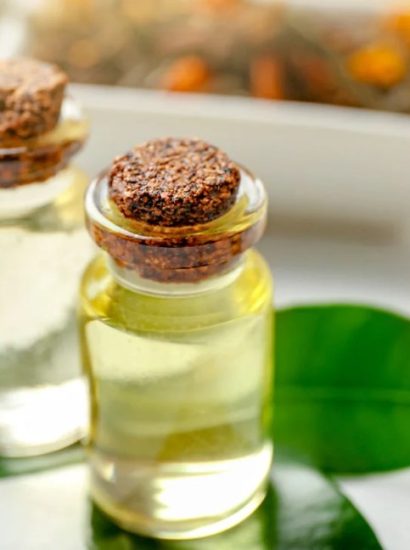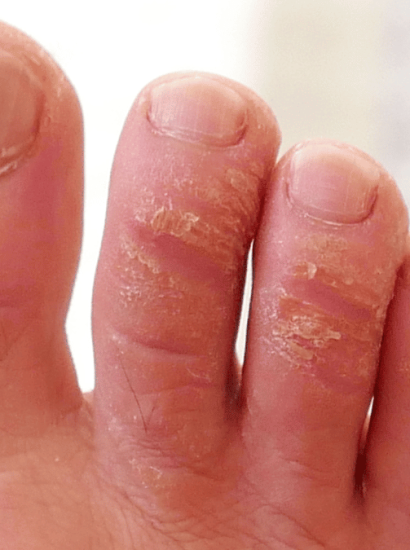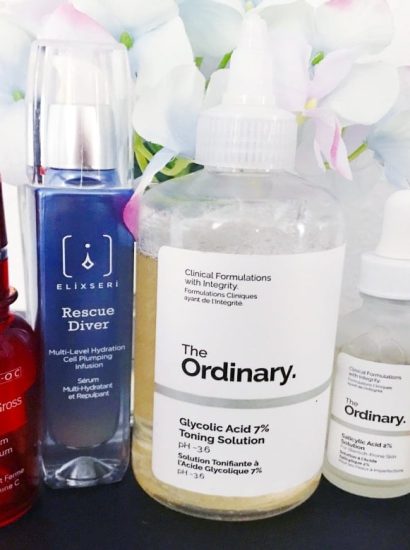Dry skin is a common issue that can make your complexion look dull and feel tight or flaky. Without proper hydration and care, dry skin can lead to irritation, redness, and the appearance of premature aging. However, with the right skincare routine, you can restore moisture, soothe dryness, and achieve that healthy, glowing look. In this article, we’ll walk you through 10 essential steps for creating a skincare routine specifically designed for dry skin, along with tips to keep your skin soft and nourished.
Start with a Gentle Cleanser
The first step in any skincare routine is cleansing. For dry skin, it’s important to choose a cleanser that is both hydrating and gentle. Harsh soaps or cleansers that strip your skin of its natural oils can make dryness worse. Opt for a creamy or oil-based cleanser that will not only remove dirt and impurities but also lock in moisture.
Recommended Ingredients
- Glycerin: Helps to retain moisture in the skin.
- Hyaluronic Acid: Draws moisture into the skin.
- Ceramides: Reinforce the skin’s natural barrier.
Tip: Avoid using hot water when cleansing, as it can further dry out the skin. Use lukewarm water for a more gentle cleanse.
Use a Hydrating Toner
After cleansing, using a hydrating toner can help to balance your skin’s pH and prepare it for the next steps in your routine. Toners formulated for dry skin typically contain humectants like glycerin or aloe vera, which attract moisture and prevent further dehydration.
Recommended Ingredients
- Aloe Vera: Soothes and hydrates the skin.
- Rose Water: Refreshes and calms dry skin.
- Hyaluronic Acid: Plumps and hydrates the skin.
Tip: Opt for alcohol-free toners to prevent the skin from becoming even drier.
Apply a Hydrating Serum
Serums are powerful skincare products packed with concentrated ingredients that target specific skin concerns. For dry skin, a hydrating serum is a must. Look for serums that contain ingredients like hyaluronic acid, which can hold up to 1000 times its weight in water, offering a serious moisture boost to your skin.
Recommended Ingredients
- Hyaluronic Acid: Draws moisture deep into the skin.
- Vitamin C: Boosts collagen and helps brighten dry, dull skin.
- Peptides: Strengthen the skin’s natural moisture barrier.
Tip: Apply the serum while your skin is still damp to help lock in moisture more effectively.
Moisturize with a Rich Cream
Moisturizing is a key step in any skincare routine for dry skin. A rich, thick moisturizer helps to seal in hydration and protect the skin’s moisture barrier. Look for a moisturizer that contains emollients such as shea butter or oils that can provide long-lasting moisture without feeling too greasy.
Recommended Ingredients
- Shea Butter: Softens and nourishes dry skin.
- Ceramides: Strengthen the skin’s natural moisture barrier.
- Squalane: Helps to lock in moisture and prevent dehydration.
Tip: Consider using a heavier moisturizer at night to give your skin extra hydration while you sleep.
Don’t Skip Sunscreen
Even though your skin may be dry, protecting it from harmful UV rays is essential for maintaining its health and preventing premature aging. Choose a broad-spectrum sunscreen with at least SPF 30 to shield your skin from both UVA and UVB rays. Opt for a hydrating sunscreen that won’t further dry out your skin.
Recommended Ingredients
- Zinc Oxide: A physical sunscreen that is non-drying and ideal for dry skin.
- Glycerin: Helps to hydrate the skin while protecting it from the sun.
Tip: Apply sunscreen every morning, even on cloudy days, and reapply every two hours when outdoors.
Exfoliate Gently (1-2 Times a Week)
Exfoliation is important for removing dead skin cells that can accumulate and make your skin look dull. However, for dry skin, it’s crucial to choose a gentle exfoliator that won’t cause further irritation. Avoid harsh physical exfoliants like scrubs, and opt for chemical exfoliants that contain mild acids like lactic acid or glycolic acid.
Recommended Ingredients
- Lactic Acid: A gentle exfoliant that also hydrates the skin.
- AHA (Alpha Hydroxy Acid): Smoothes and softens dry skin.
Tip: Only exfoliate 1-2 times a week to avoid over-drying and irritating your skin.
Use a Face Mask for Extra Hydration
Face masks are an excellent way to boost the hydration of dry skin. For a nourishing treatment, choose a hydrating or nourishing mask that contains ingredients like honey, aloe vera, or vitamin E. Sheet masks are another great option as they allow ingredients to deeply penetrate the skin.
Recommended Ingredients
- Honey: A natural humectant that attracts moisture.
- Aloe Vera: Soothes and deeply hydrates the skin.
- Vitamin E: Nourishes and repairs dry skin.
Tip: Apply a hydrating mask once a week to provide an intense moisture boost.
Use a Facial Oil
For an added layer of moisture and protection, consider incorporating a facial oil into your skincare routine. Facial oils contain concentrated botanical oils that can replenish and nourish dry skin, leaving it feeling soft and smooth.
Recommended Ingredients
- Rosehip Oil: Rich in essential fatty acids and antioxidants.
- Argan Oil: Moisturizes and helps repair dry, damaged skin.
- Jojoba Oil: Mimics the skin’s natural oils and helps balance hydration.
Tip: Use facial oil as the final step in your nighttime skincare routine for maximum hydration.
Hydrate from the Inside Out
While topical skincare is essential, staying hydrated from the inside out is just as important. Drinking enough water throughout the day helps to keep your skin hydrated and flush out toxins. A healthy, balanced diet rich in antioxidants, omega-3 fatty acids, and vitamins can also promote skin health.
Tip: Aim to drink at least 8 glasses of water per day, and include foods like avocados, berries, and leafy greens in your diet.
Consider Humidifiers for Extra Moisture
If you live in a dry climate or your indoor environment is particularly dry due to heating or air conditioning, using a humidifier can help restore moisture to the air and your skin. Humidifiers can be especially beneficial in the winter months when indoor air tends to be drier.
Tip: Keep a humidifier in your bedroom to help prevent dehydration and dryness while you sleep.
Conclusion
Taking care of dry skin requires a combination of the right skincare products and habits that focus on hydration, nourishment, and protection. By following these 10 essential steps, you can restore moisture, reduce tightness, and enjoy smooth, glowing skin. Remember that consistency is key when it comes to skincare, and with time, you’ll notice significant improvements in the texture and appearance of your skin.
FAQs
How do I know if I have dry skin or dehydrated skin?
Dry skin is characterized by a lack of oil production, while dehydrated skin lacks water. Dehydrated skin can appear dull, tight, and may feel rough. You can have both dry and dehydrated skin at the same time, so it’s important to focus on both oil and water balance in your routine.
Can I use a face mask every day?
No, it’s not recommended to use a hydrating face mask every day. Masks should be used 1-2 times a week for maximum benefits to avoid overwhelming your skin.
Are there any ingredients I should avoid if I have dry skin?
Avoid products that contain alcohol, strong fragrances, or harsh exfoliants, as these can irritate dry skin and cause further dryness.
How long does it take to see results from a skincare routine for dry skin?
You should start noticing improvements in your skin’s hydration and texture within a few weeks of following a consistent skincare routine. However, more noticeable changes may take a month or two.
Can I use oils if I have dry skin?
Yes! Facial oils can be very beneficial for dry skin as they provide extra moisture and help strengthen the skin’s barrier. Be sure to choose oils that are non-comedogenic (won’t clog pores).
Also read: Clear Up Your Skin: 10 Best Face Masks for Acne in 2025





